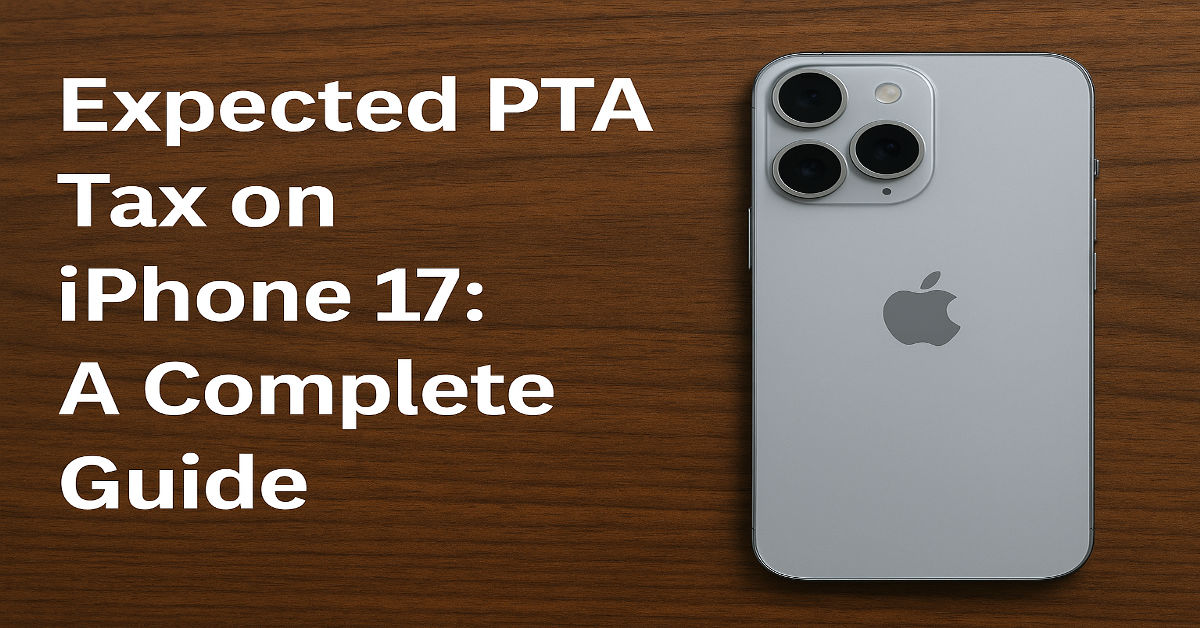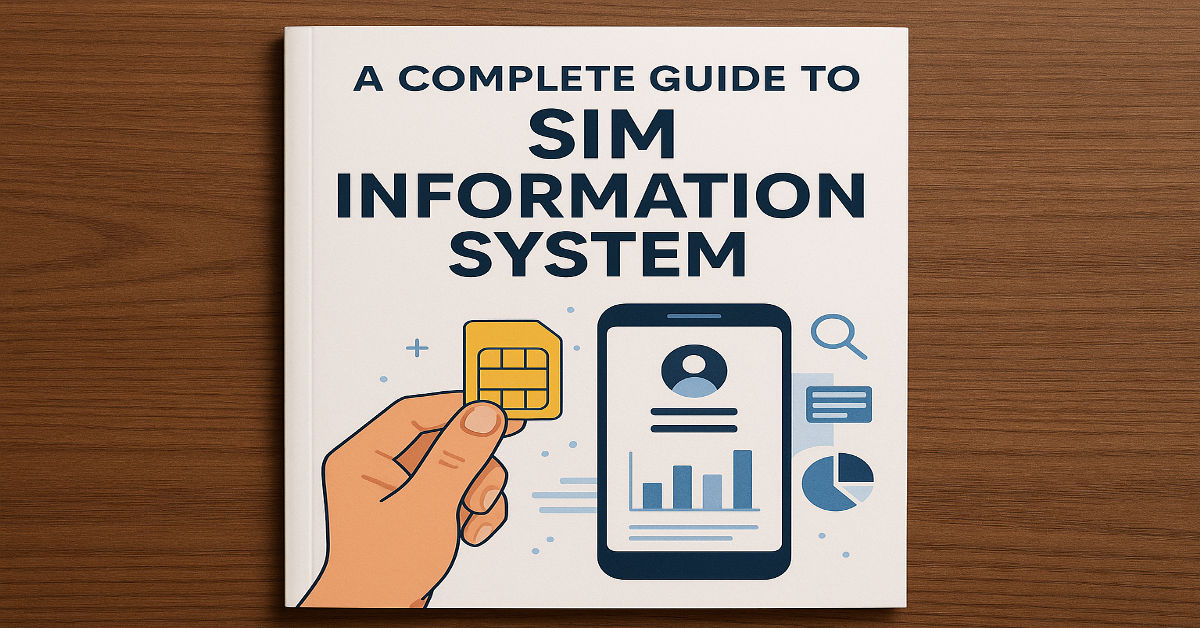
In today’s digital age, access to information is crucial, but restrictions often stand in the way. Whether it’s blocked websites at school, region-locked content, or network filters at work, users frequently find themselves unable to reach the information they need. This growing problem has led to the rise of various tools designed to bypass these limitations. Among the most popular and effective solutions is a web proxy built on Node.js technology. It allows users to access blocked content without installing any software. For students, researchers, and casual browsers alike, this tool offers a quick, simple, and efficient way to overcome digital barriers.
How it Works?
This tool operates by acting as a middleman between your browser and the internet. When you request a website through it, the tool fetches the content on your behalf and displays it as if you’re browsing it directly. This effectively hides your real IP address and location, bypassing filters and firewalls. Built on Node.js, the system ensures fast performance and low latency, making the browsing experience smooth. Because it works server side, no browser extension is required. This makes it especially useful in controlled environments like schools and libraries where software installation is restricted.
Advantages Over Traditional Proxies
Traditional proxies often suffer from performance issues, compatibility problems, or lack of security. In contrast, this modern web proxy stands out with its superior speed and seamless support for dynamic websites. Unlike older proxy methods that may break sites with JavaScript or embedded media, Node Unblocker handles modern web technologies well. Users can access services like YouTube, Reddit, or Wikipedia without layout glitches or missing content. Additionally, because it’s open-source, the tool can be customized or hosted by tech-savvy individuals. This flexibility provides users with greater control over their online experience, something generic proxies rarely offer.
Popular Use Cases
One of the most common environments where this tool is used is in schools and universities. Educational institutions often block entertainment or social media sites to keep students focused, but this can become overly restrictive. With such a proxy service, students can regain access to important resources or simply unwind during breaks. It’s also commonly used in regions with strict internet censorship laws, enabling users to access global information and communicate freely. Remote workers or travellers who need to access their home country’s services also benefit. For all these use cases, the tool provides a reliable and user-friendly solution.
Ethical Considerations
While tools like this offer freedom, they should be used responsibly. Circumventing network restrictions may violate terms of service or local regulations, depending on the environment. Users should ensure they are not breaching ethical or legal boundaries when unblocking websites. That said, there are also justifiable reasons to use such tools, such as accessing educational content or bypassing unjust censorship. Developers and users are encouraged to promote transparency and integrity. It’s not about mischief it’s about access, equity, and digital freedom when applied with respect and care.
Security and Privacy
A major benefit of this tool is that it adds a layer of anonymity between the user and the target website. By routing traffic through the proxy server, users can mask their identity, reducing the risk of tracking or surveillance. However, not all deployments are equal privacy depends on the trustworthiness of the host. If you’re using a public instance of Node Unblocker, you should be cautious about inputting sensitive data. For maximum security, some users prefer setting up their own private server. This way, they maintain control over their data and can implement custom security features as needed.
Setting Up Your Own Proxy
Tech-savvy users can deploy their own instance of this tool using simple platforms like Heroku, Replit, or a VPS. This not only ensures better performance but also grants full control over the proxy environment. The process typically involves cloning the repository, configuring environment variables, and deploying to the chosen platform. Plenty of tutorials exist online to guide beginners through this process. Hosting your own proxy avoids relying on third-party services, which may be unstable or overused. This DIY approach makes the tool not just a solution, but a learning opportunity for those interested in web development.
Limitations and Alternatives
Despite its strengths, this tool isn’t a perfect solution for every scenario. It may struggle with encrypted or interactive websites that use heavy JavaScript frameworks. Some services, like banking portals or subscription platforms, may block proxy traffic altogether. In such cases, VPNs or more advanced tunnelling tools might be necessary. Still, for casual browsing or accessing blocked information, it remains a top choice. As an open-source project, it continues to evolve with community support and contributions. Staying informed about its updates and alternatives ensures users get the best out of their unblocking strategies.
Conclusion
In an increasingly regulated internet environment, tools like this offer a lifeline to free and open access. Whether you’re bypassing school firewalls, dodging censorship, or simply exploring the web without constraints, Node Unblocker, a Node.js-based proxy, delivers speed, simplicity, and control. It’s easy to deploy, highly customizable, and supported by a community of developers. While users must remain ethical and mindful in its application, this tool proves that technological freedom is still possible. Digital borders continue to rise, the importance of such tools cannot be overstated and this solution stands ready to meet the challenge.








































